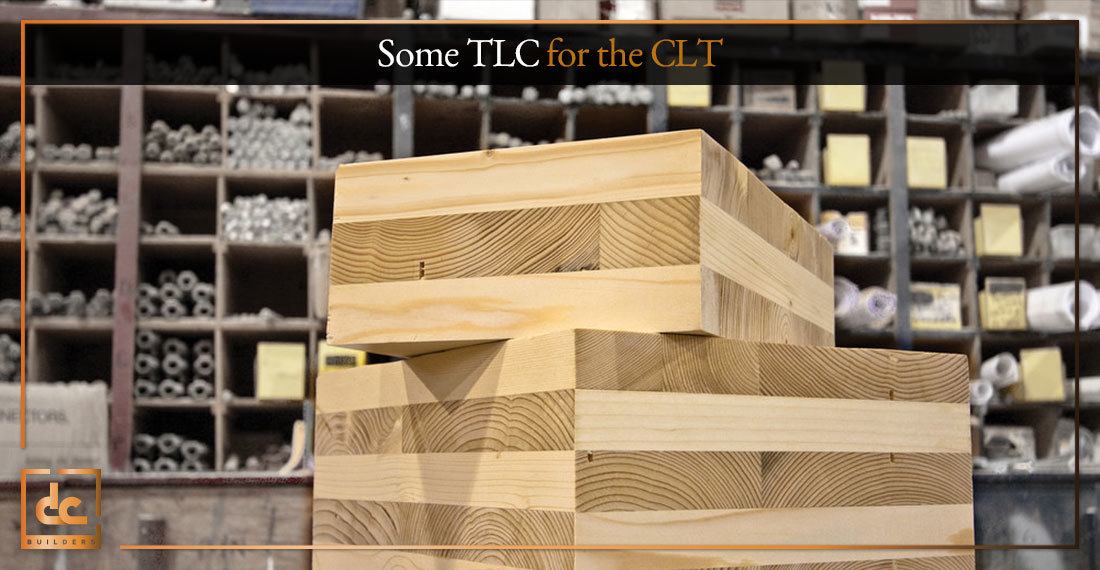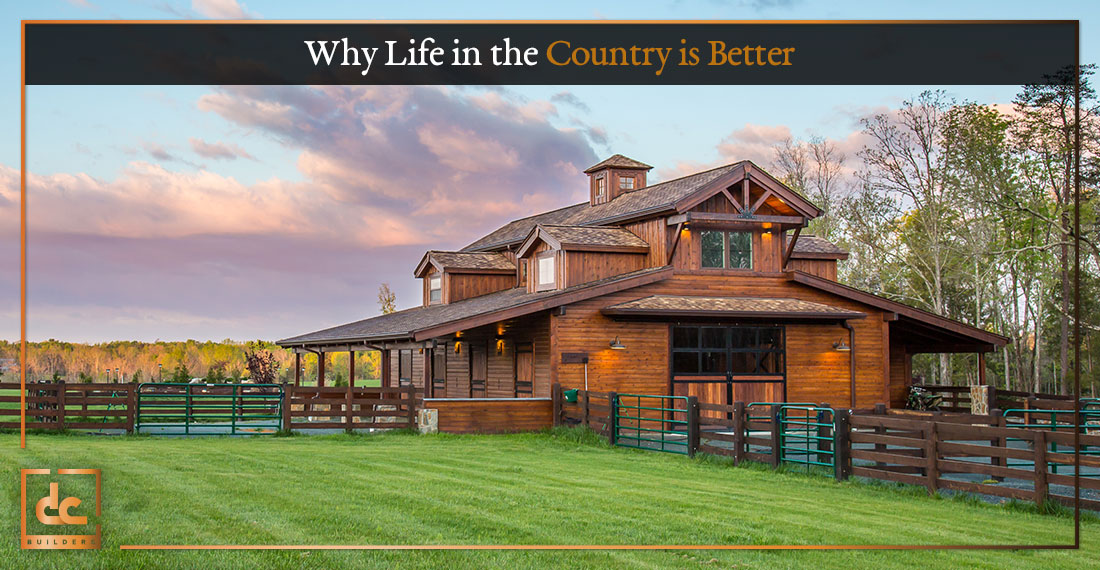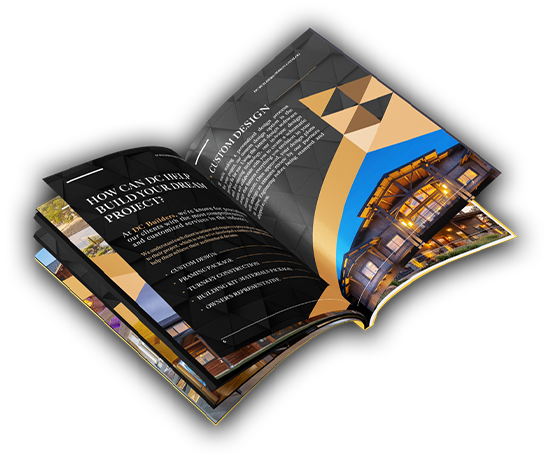Being an all-custom timber framing company doesn’t force us into any particular category. The projects we’ve tackled here at DC Builders have ranged from residential to commercial. Timber framing itself has been around for decades, but the concept can be found in many different contexts, even urban ones.
The aptly named “Framework” building is a 90,000 sq. ft. 12-story mixed-use project, anticipated to be the first high-rise in the US incorporating timber from the ground floor for load-bearing construction. The project aims to illustrate an ecological and sustainable relationship between urban development and rural economic growth both regionally and nationally.
A cross-laminated timber core makes up the Framework’s backbone. Wood interiors are exposed on the ground floor. Glass enclosed around the core allows visitors and occupants to observe it no matter which floor you happen to be on. Interestingly enough, this unique configuration also serves as a heat recovery system. These features are engineered to accentuate the innovative nature of this elegant city structure, making this an ideal addition to any skyline.
Retail and public exhibitions will occupy the ground floor of this multi-use building, in addition to 60 units of affordable housing. Residents who apply and earn less than 60 percent of the area median income will be able to enjoy exposed wooden features, an aesthetic seen throughout heavy timber framing. What sets this project apart is the logistical support around this building’s construction.
Stimulating this project is a symbiotic relationship between rural timber industries, the natural resources provided to them, and the cities that drive the need for projects like the Framework. This artificially creates a demand for these projects, manifesting opportunity for those in surrounding rural communities.
Oregon once boasted a healthy economy based around timber harvesting. Wheeler County’s population has decreased dramatically since the Kinuza Lumber mill closed in 1978. Wages in a town like Fossil, Oregon, in Wheeler, have decreased 40 percent since then. Currently, only 1,300 people live in the entire county. A return to timber might not bring a community like this back, but commercial projects with a more mindful logistical sense probably could.



